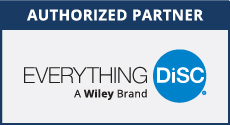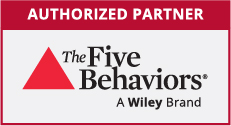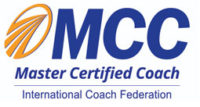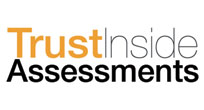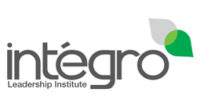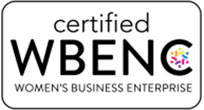By Mark Scullard, Wiley’s Senior Director of Innovation and Research
Many organizations understand the power of having cultures that foster trust, communication, and collaboration but do not yet have the tools they need to make that vision a reality. When individuals feel comfortable taking risks, expressing ideas and concerns, asking questions, and admitting mistakes without fear of negative consequences, that is considered a psychologically safe environment, a term originated by author and Harvard Business School professor Amy Edmondson.
From The Great Resignation to Quiet Quitting, we thought we had seen it all when it comes to workplace trends. Rapid evolution in the world of work has brought with it a roller coaster of change for employees and organizations and, well, people are feeling it. The latest trend to emerge is called The Great Gloom. Described as increased disengagement, feelings of apathy, and a lack of connection to both their work and organization, individuals have reported even higher levels of disengagement than during the pandemic. The frequency and kind of communication that happens in your organization has a direct impact on the engagement, morale, and productivity of your people. In this environment, effective communication is quite literally more important than ever to prevent the systemic problems that cause The Great Gloom and jeopardize your business.
Wiley Workplace Intelligence set out to understand more about how organizations are communicating with their people and what impact it has on the workforce today. Is The Great Gloom and organizational disconnect a widespread problem? How does effective communication foster cohesive cultures and combat the disconnect inspiring the latest trend?
Wiley surveyed 1,800 people to understand their levels of communication at work and they found that while generally people are satisfied with their team and manager communication, there is a notable disconnect with how satisfied people are with cross-functional communication between themselves and other teams.
Additionally, Wiley found that individuals working in-person, specifically, reported lower levels of satisfaction around communication between teams than hybrid and remote employees, which points to the fact that there is more work to do around communication equity in the new world of work.
Cross-Functional Team Communication Not So Functional
Our research highlighted the discrepancy between levels of satisfaction around direct manager communication and cross-functional team communication.
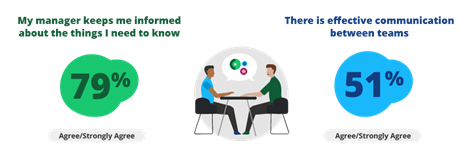
This 28% difference illuminates an opportunity for organizations to do more work around developing effective communication between teams – especially in light of the instability around organizational change, technology advancements, and restructuring.
The interesting part is where they diverge, with in-person employees least likely to agree that there is effective communication between teams. At the beginning of the pandemic, when many organizations went fully remote, there was increased equity around how people received communication – often with mass emails, internal social media channels, etc. Now that hybrid and in-person models are reemerging, there could be some inconsistency around how organizations are (or are not) unifying their communication efforts, with remote employees reporting the most effective communication between teams.
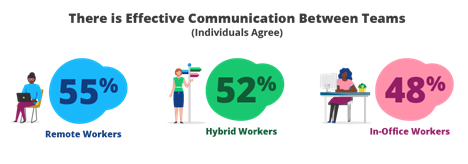
More is Better When it Comes to Both Organizational and Manager Communication
Wiley found that internal communications, such as mass emails and internal social media channels, are the preferred method of communication regarding organizational updates at 54%, with team meetings and town halls close behind at 52%. Taking a “more is better” approach to disseminating organizational information is perhaps the best method with margins that close. Communicating this type of information in a variety of ways ensures that everyone receives the message in a format that works best for them.
As far as information regarding an individual’s job and day-to-day role, one-on-one meetings came out on top with 63%, with email following close behind. This points to the importance of one-on-one meetings between manager and reports. That face time and individualized connection is extremely important when it comes to engaging employees and promoting psychological safety.
This time can be used to make space for concerns, questions, professional development, and more. Feeling heard and understood by your manager (regardless of what level in an organization you are) can go far to increase levels of engagement and productivity and is valuable to organizations in combating The Great Gloom.

Manager Communication Makes a (Big!) Impact
Speaking to the important role manager communication plays on levels of engagement and satisfaction, the majority of respondents (77%) said that the amount of communication they receive from their manager positively impacts their level of engagement.
The frequency of manager communication has a positive impact on everything from loyalty and collaboration to conflict and morale. Managers can take this information and directly apply it to their people – knowing that by prioritizing communication they will be making a positive impact in a variety of areas, which is not only good for well-being, but also for business.
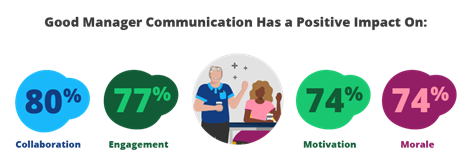
Overall, the greatest takeaway from this round of research is the profound impact that effective communication (or the lack thereof) can have on engagement in the workplace. Managers must take this information and ensure that they are doing the one-on-one meetings necessary to create space for their people and promote engagement, and organizations at large need to put time, energy, and resources into improving cross-functional team communication. Investing in these areas will go a long way in preventing the spreading apathy and disengagement of The Great Gloom.
The good news is that there are tools available to help organizations improve communication and connection. Leveraging assessment and facilitated learning experiences like Everything DiSC® and The Five Behaviors® offer teams and organizations the skills and know-how needed to promote more cohesive and empathetic cultures with the potential to turn The Great Gloom into The Great Bloom.
To learn more, connect with Laura A. Davis and Associates, your Everything DiSC, PXT Select, and Five Behaviors Authorized Partner.



